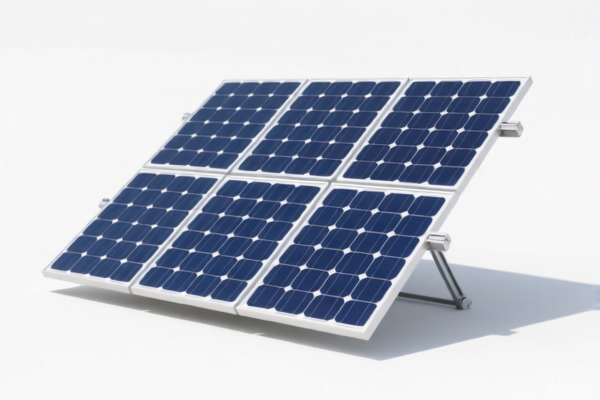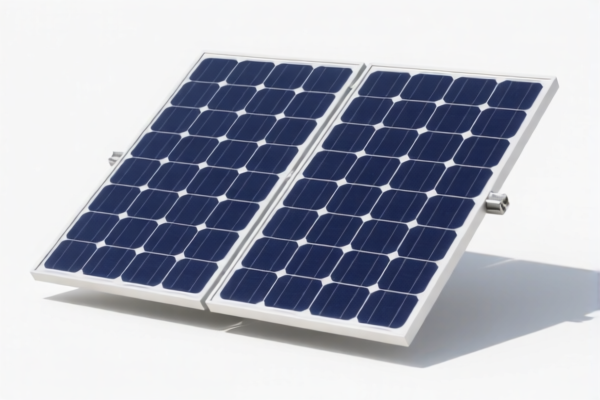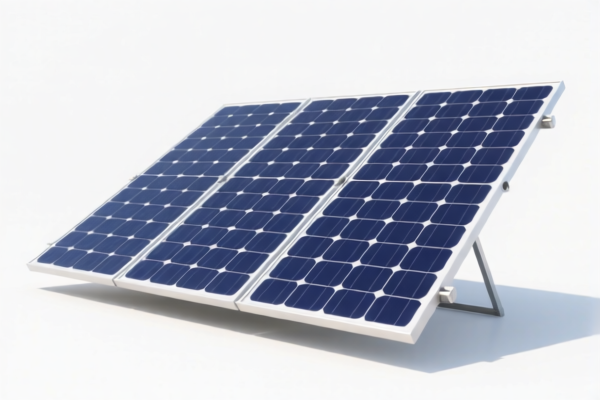| HS Code | Official Doc | Tariff Rate | Origin | Destination | Effective Date |
|---|---|---|---|---|---|
| 8541430010 | Doc | 20.0% | CN | US | 2025-05-12 |
| 8541420010 | Doc | 20.0% | CN | US | 2025-05-12 |
| 8524120000 | Doc | 45.0% | CN | US | 2025-05-12 |
| 8524190000 | Doc | 45.0% | CN | US | 2025-05-12 |
| 8529909800 | Doc | 55.0% | CN | US | 2025-05-12 |
| 6808000000 | Doc | 55.0% | CN | US | 2025-05-12 |
| 6810195000 | Doc | 58.9% | CN | US | 2025-05-12 |
| 6810990080 | Doc | 55.0% | CN | US | 2025-05-12 |
| 7001001000 | Doc | 55.0% | CN | US | 2025-05-12 |
| 7001002000 | Doc | 58.0% | CN | US | 2025-05-12 |
| 8549910000 | Doc | 55.0% | CN | US | 2025-05-12 |
| 8549990000 | Doc | 55.0% | CN | US | 2025-05-12 |
| 7115100000 | Doc | 59.0% | CN | US | 2025-05-12 |
| 7115903000 | Doc | 58.9% | CN | US | 2025-05-12 |




Solar Core Panel
A solar core panel, commonly referred to as a photovoltaic (PV) panel or simply a solar panel, is a device that converts light into electricity using the photovoltaic effect. These panels are fundamental components of solar power systems.
Material Composition
Solar panels are primarily constructed from silicon, a semiconductor material. Different types of silicon are used, impacting efficiency and cost:
- Monocrystalline Silicon: Made from a single, high-purity silicon crystal. These panels are characterized by a uniform dark appearance and typically exhibit the highest efficiency (17-22%). They are more expensive to produce.
- Polycrystalline Silicon: Formed from multiple silicon crystals. They appear blue and have slightly lower efficiency (15-17%) than monocrystalline panels but are generally more affordable.
- Thin-Film Solar Cells: Utilize thin layers of semiconductor materials deposited onto a substrate (glass, plastic, or metal). Common thin-film technologies include:
- Amorphous Silicon (a-Si): Lower efficiency (6-10%) and cost, often used in small-scale applications.
- Cadmium Telluride (CdTe): Higher efficiency than a-Si, but concerns exist regarding cadmium toxicity.
- Copper Indium Gallium Selenide (CIGS): Offers good efficiency and flexibility.
- Emerging Materials: Research continues into materials like Perovskites, offering potentially higher efficiency and lower costs.
Beyond silicon, panels incorporate:
- Glass: Protects the cells from environmental factors.
- Encapsulant: (typically EVA - Ethylene Vinyl Acetate) Provides cushioning and seals the cells.
- Backsheet: Provides further protection and insulation.
- Frame: (typically aluminum) Provides structural support.
- Junction Box: Houses the electrical connections.
Purpose & Function
The primary purpose of a solar core panel is to generate electricity from sunlight.
Functionally, the panel works as follows:
- Photon Absorption: Sunlight (photons) strikes the semiconductor material.
- Electron Excitation: Photons transfer energy to electrons in the silicon, exciting them and creating electron-hole pairs.
- Charge Separation: An internal electric field separates these electrons and holes, creating a flow of direct current (DC) electricity.
- Electrical Collection: Metal contacts collect the DC electricity.
Usage Scenarios
Solar panels are deployed in a wide variety of applications:
- Residential Rooftop Systems: Powering homes, reducing electricity bills, and providing energy independence.
- Commercial & Industrial Buildings: Large-scale installations to offset energy consumption.
- Utility-Scale Solar Farms: Generating electricity for the power grid.
- Remote Power Systems: Providing electricity in off-grid locations (e.g., cabins, boats, satellites).
- Consumer Products: Charging small devices (e.g., calculators, lights, chargers).
- Transportation: Powering vehicles (e.g., solar cars, electric buses).
Common Types (Based on Electrical Configuration)
- Standard Panels (60 or 72 cells): Commonly used for residential and commercial applications.
- High-Voltage Panels: Designed for larger systems and higher efficiency.
- Flexible Panels: Utilize thin-film technology and can be bent and shaped for unique applications.
- Bifacial Panels: Generate electricity from both the front and back sides, increasing energy output.
- Half-Cut Cell Panels: Improve performance by reducing internal resistance.
Associated Components (in a typical system)
- Inverter: Converts DC electricity from the panels to AC electricity for use in homes and businesses.
- Charge Controller: Regulates the voltage from the panels to protect batteries.
- Batteries: Store excess energy for later use (optional).
- Mounting Structure: Secures the panels in place.
- Wiring & Connectors: Connect the various components.
Based on the material, use, function, and application scenarios, “solar core panel” refers to a component designed to capture sunlight and convert it into electrical energy, typically used in photovoltaic systems for power generation.
The following HS codes are relevant based on the provided reference material:
- 8541430010: This HS code covers Semiconductor devices, specifically Photosensitive semiconductor devices, including photovoltaic cells whether or not assembled in modules or made up into panels. It specifically identifies Crystalline silicon photovoltaic cells of a kind described in statistical note 10 to this chapter. The first two digits (85) indicate electrical and electronic equipment. The next two digits (41) denote semiconductor devices. The following digits specify photosensitive semiconductor devices, including photovoltaic cells, and further refine the type to crystalline silicon cells. The tax rate is 0.0% base tariff, 0.0% additional tariff, and 20.0% additional tariff after April 2, 2025, resulting in a total tariff of 20.0%.
- 8541420010: This HS code also covers Semiconductor devices, specifically Photosensitive semiconductor devices, including photovoltaic cells whether or not assembled in modules or made up into panels. However, it identifies Photovoltaic cells not assembled in modules or made up into panels, and specifically crystalline silicon photovoltaic cells of a kind described in statistical note 10 to this chapter. The first two digits (85) indicate electrical and electronic equipment. The next two digits (41) denote semiconductor devices. The following digits specify photosensitive semiconductor devices, including photovoltaic cells, and further refine the type to crystalline silicon cells. The tax rate is 0.0% base tariff, 0.0% additional tariff, and 20.0% additional tariff after April 2, 2025, resulting in a total tariff of 20.0%.
- 6810195000: This HS code covers Articles of cement, of concrete or of artificial stone, whether or not reinforced, specifically Tiles, flagstones, bricks and similar articles, categorized as Other. The first two digits (68) indicate articles of stone, plaster, cement, asbestos, mica or similar materials. The next two digits (10) denote articles of cement, concrete or artificial stone. The following digits specify tiles, flagstones, bricks and similar articles, categorized as other. The tax rate is 3.9% base tariff, 25.0% additional tariff, and 30.0% additional tariff after April 2, 2025, resulting in a total tariff of 58.9%.
Regarding HS codes 8541430010 and 8541420010, it is important to determine whether the solar core panel is assembled into modules or panels, or if it consists of individual cells. This distinction is crucial for correct tariff classification.
Customer Reviews
No reviews yet.